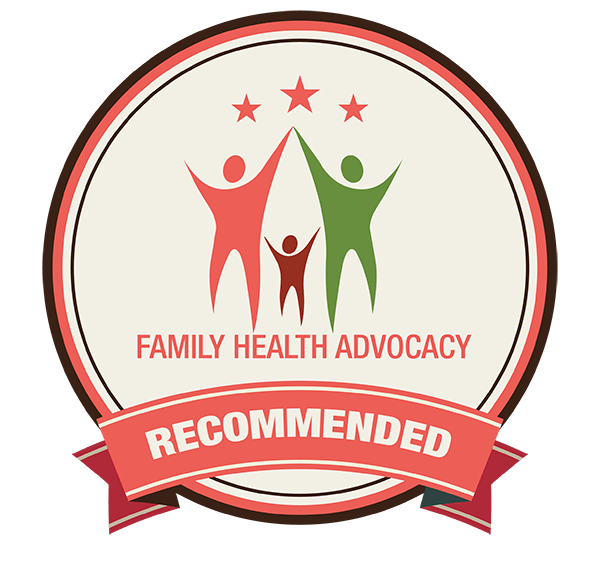Noticing Lower Back Stiffness? Tight in the morning? Tired or sore at the end of the Day?
4 KEY Exercises & Stretches to help you!
Statistically more than 80% of us are going to deal with some level of lower back pain in our lives. Most of you have already felt something wrong – whether it’s mild tension or tightness when you wake up, or severe and debilitating back pain (or even sciatic nerve leg pain) that stops you in your tracks, literally. A lucky group of you reading this may have never felt anything like this. Lucky indeed!
I’ve been there myself – 2.5 years into parenthood and I can attest to lots of lazier moments, neglecting my posture or exercise habits, and dealing with episodes of tension, stiffness and uncomfortable pain. What I’ve discovered MOST OFTEN, is that motion is one of the best remedies. More on that in my final comments.
It’s almost impossible to be immune to lower back pain, BUT it is possible to avoid suffering with it ongoing, and minimizing both the frequency and severity. I’m giving you my top 4 stretches and strength exercises to help you reduce pain and increase comfort.
What can cause your lower back to be sore?
“There are any different number of causes of lower back pain: muscle weakness/lower cross syndrome; nerve pressure & spinal misalignment; tight and sprained muscles; undiagnosed spinal fractures; spinal degenerative changes (arthritis…). Make sure to get properly diagnosed.”
The Spinal Twist Stretch (video demo link)
1. Find a space wide enough to lie down with your arms outstretched.
2. Cross one knee over the other leg, bent @ 90 degrees; extend the same-side arm fully out to the side.
3. Your goal is have your knee and shoulder both touch the ground – this is unlikely – so focus on one or the other. Hold this position for upwards of 60-180 seconds, longer if you feel comfortable with it.
4. REPEAT with the other side, breathe steadily and each time you exhale, see if you can stretch/twist further.
** This one is great for the muscles right above your hips that tighten up from repetitive bending and twisting **
Single Leg Lunges
1. Place your feet shoulder-width apart.
2. Take a large step forward with one leg.
3. Keep the majority of your weight on your front foot as you lower your hips (mirrors help to keep you level), keeping the front foot flat and back heel lifted.
4. Descend until your rear knee almost touches the floor and the front knee is directly above the ankle, creating an ~90 degree bend in both legs.
5. Drive the heel of your front foot and push yourself back up to your starting position
** Repeat up to 30 times per side – gradually **
Hip-Flexor Stretch (video demo link)
1. Find a couch/bench/bed that allows one leg to have a bent knee.
2. Lay your hip and leg on the surface as pictured, and support yourself with both hands/arms.
3. Your groin should slowly lower towards the bench surface – without forcing it – to stretch this deep-seated muscle.
4. Hold this for 30 seconds, and repeat MORE often on the side that feels tighter – to release your lower back.
** 2-3 x per leg **
Gluteus Stretch – 2 versions (video demo link #1)

2. With both legs in front of you, bring one knee to your chest and place that foot across your thigh.
3. Grasp your bent knee with the OPPOSITE arm, wrap around, and pull the knee gently towards that arm’s armpit (directionally). ** don’t twist your spine **
4. Hold for 30 seconds, and repeat on opposite side.
5. If that’s too challenging, try the 2nd option (video demo link): lying down, simulate a “sitting with one leg crossed” posture, reach through the space between your legs, and hug the knee towards your chest, therefore stretching the OPPOSITE leg’s gluteal muscle. ** hold for 30 seconds and repeat **
Final Tips & Comments
1. These exercises and stretches can be combined with the Posture Handout ones.
2. Find a rhythm to these exercises – consistency is the key for results.
3. If anything feels painful – STOP – you can ask me questions online, by phone, or social media – I’m happy to help.
Ultimately, low back pain can be managed at home for some, and needs intervention for others. If you’d like a no-obligation consult with me to determine your situation, and whether professional health help is appropriate, I’ll make myself available to my community as much as possible.
Enjoy!








